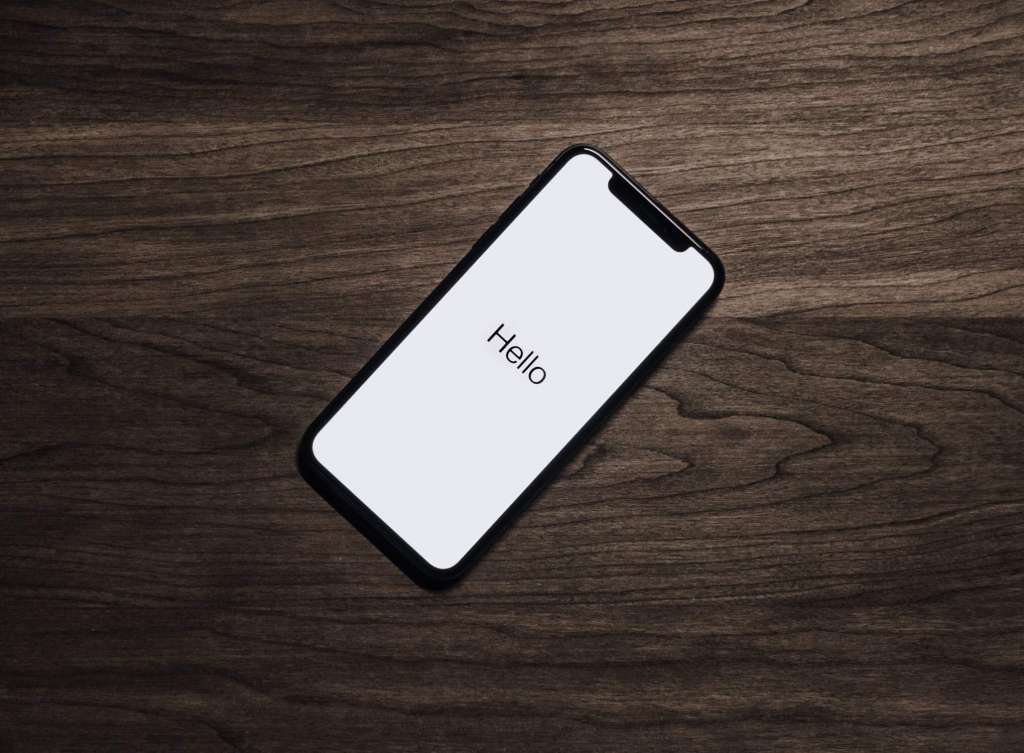If you find yourself in the unfortunate situation of water being in your charging port, don’t panic! There are two main causes of this happening, one of which will be much easier to fix than the other. Read on to find out how to get water out of charging port!
First Step: Do Not Turn it On
Your device can short circuit if you immediately try to power it up, so don’t do it. Instead, disconnect it from any cables and let everything dry on its own. If you aren’t going to use it for a few days or more, place it in a Ziploc bag with a pack of silica gel beads (those packets that come with new shoes). Silica gel is highly absorbent and will suck moisture from anything around them—even other electronics. The important thing here is to make sure there are no holes in the bag that could allow air to get in; otherwise, you might as well just wait until it dries naturally.
Second Step: Clean the Charging Port and Cable
Once you’ve removed as much excess liquid as possible, move on to cleaning. Gently rub a pencil eraser back and forth along any exposed metal parts in your iPhone’s charging port. If you have access to an electric toothbrush with a soft bristle head, take it outside or put on some protective eyewear and use it gently inside. The goal is to dislodge any particles that might be stuck in there. The same goes for using compressed air—but be careful not to spray too hard or you could damage your phone’s internal components.

Third Step: Let the Device Dry Completely
Once you’ve removed as much water as possible, leave your device off and let it dry completely. It is imperative that you do not use or charge a device with a wet charging port. Attempting to charge a device before its ports are dry can damage it and significantly shorten its lifespan. If you have access to compressed air, blow into your phone’s charging port several times in order to remove any additional moisture. If you don’t have access to compressed air, try using a hairdryer on low heat (no higher than 30 degrees Celsius) for approximately ten minutes. Do not place anything inside of your phone while attempting to dry it; doing so could potentially cause more harm than good by trapping moisture inside of your device.
Fourth Step: Test the Device by Turning it On
Now that you’ve gotten rid of all that excess water, it’s time to get a sense of whether or not your device will be fully functional again. Plugin your device and turn it on—if nothing happens, you might have fried a component and you may want to give up on it. If something does happen, don’t celebrate just yet: as a last-ditch effort, use an uncooked toothpick or paperclip and push any remaining moisture out of the ports. Then plug it back in and see if anything else happens. Keep repeating these steps until you’re sure your device is going to work properly again.
Last Step – Look for Internal Damage
If you can’t get every last drop of water out, you’ll want to look for signs that there might be damage inside. If there are bubbles under or around keys, if one key stick or fails to actuate when hit hard, or if some keys simply don’t work at all, you may have shorted something out. It might not be a good idea to try and use it until it’s been repaired by a professional.
Conclusion
Unfortunately, it’s not uncommon for cell phones to get dropped into the water. Whether it’s from using it in the rain, or from a toilet or swimming pool incident, water in a phone’s charging port or on the screen can be a big problem. We hope this blog post has helped you learn how to get water out of charging port.
Thank you for reading, we are always excited when one of our posts is able to provide useful information on a topic like this!
Read More: How to Get the Best Phone Today.










